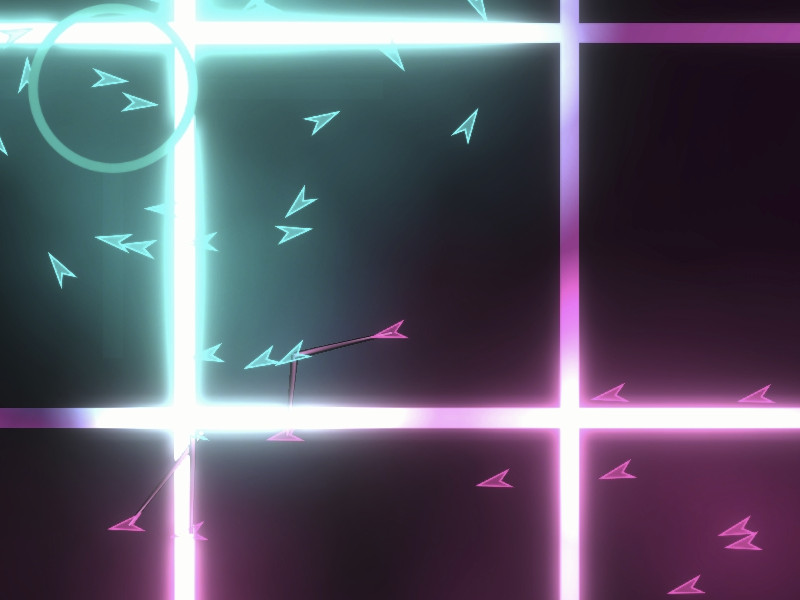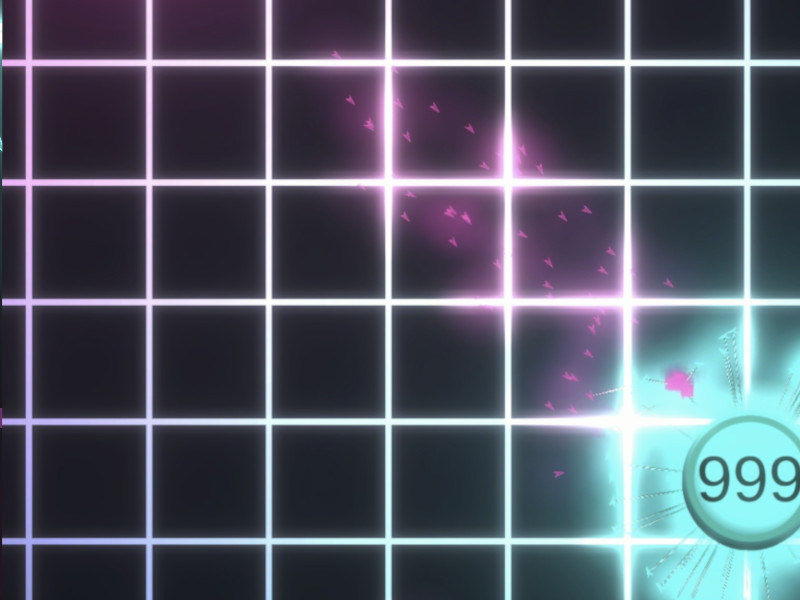It certainly isn’t anything amazing, but it was something that I really wanted to do for myself.
After recently stepping away from my position at Bubbleye and taking a month or two to enjoy some camping, family time and generally enjoying life I finally got back to Taipei and realized I had a unique opportunity to work on side projects that I’ve always wanted to do. Top of that list was to make a simple strategy game to better understand game design and the monetization side of games. To that end I built my own mini-RTS game using the game engine Unity.
Though Unity is the most popular choice for indie devs, I had an another motive: to learn more about Unity’s ads monetization side, especially as things change through the acquisitions of ironSource and TapJoy (originally acquired by ironSource).

How to make a good game? Be good at everything
I consider myself a generalist, competent at many things and flexible when learning new skills, but not necessarily skilled in all of the things it takes to make a game. There are so many integral parts for games like game graphics, game design, computer science and UI/UX, all of which need to be put together with good game design. It was a taxing job to work on build all these parts, and in the end also try to make a game design loop that was fun. I think this was something that surprised, because as I said I thought my strength would be that I can wear many hats, but making a game you REALLY need to do everything well, and missing even little parts of the loop made it glaringly obvious… the game wasn’t that good. As someone who enjoys the technical problems, it was easy to skip working on the game play loop itself, so I gained respect for game designers who do have the tenacity to tweak their game again and again to find out what would make a fun game.

So what did I accomplish? I learned a lot about Unity

Well, I learned quite a bit of how difficult Unity has become to use. Unity is bloated and was very painful to use. Many times, difficult problems would come down to conflicting settings within Unity itself. Warring Unity features which seem at odds with each other, and the only way to find out was to tap or untap another checkbox. The UI settings and features in Unity feel like a huge spaghetti of new features from last month and legacy support for systems from 10 years ago. I think what was frustrating is that unlike a true IDE, your code barely matters, and the Unity UI components often have little warning or information for what they might do.
This past month news broke that Unity’s pricing model was changing and the uproar was everywhere. This is fueled by a general distrust of Unity. I think it’s interesting, because if I look back, I certainly didn’t feel much trust in Unity’s product. Additionally, the code that is written, is so tightly bound to Unity it is impossible to move it to another Engine without simply rebuilding the entire game. Finally, I think that generally the state of mobile ecosystem is such that another middleman, no matter how respected, trying to assert it’s position to take a revenue share struck a nerve with many people.
Next
Having my first game in some ways did make me excited to make another. Parts were quite fun, but using Unity was a serious pain. I realized this when after the game I moved on and made a couple Android Apps in the weeks after using Android Studio. It was amazingly easy. The contrast of easily building apps in Android studio vs Unity’s spaghetti mess of code, buttons and packages that only maybe co-exist with each other was incredible.
Still, having my own apps is teaching me more about recent changes in the ad monetization landscape.
Also, having my own game gives me a good chance to work on more man in the middle attacks to watch mobile HTTPS traffic in and out of app and app SDKs. This is something I’m quite interested in, and being able to have a better understanding of how apps are built in 2023 is very useful.

